Holy Mecca From Past to Present
Mecca or Makkah or Makkah
Al Mukarrammah is the holiest lace for Muslims around the world. It is written
in Arabic as Makkah while it is translated into English as Mecca. The history of
Mecca goes back to the times of prophet Abraham (AA) who built the Kaaba with
the help of his eldest son Ishmael in aproximatly 2000 BC when the inhabitants
of the city which was known as Bakkah had gone astray from the original
monotheism of Abraham through the influence of the Amelkites. Over time after
Abaham, the Kaaba had become a repository for the idols and tribal dieties of
Arabia's pagan tribes. Mecca's most important pagan diety was Hubal, which had
been placed there by the ruling Quraysh tribe during the Prophet Mohammad (SAW)
Ptolemy the egyptian Methametician &
Poet mentioned the city "Macoraba" in 2nd centrury AD, though this
identification is controversial. In the 5th century, the Quraysh took control of
Mecca, and became skilled merchants and traders. In the 6th century they joined
the lucrative spice trade as well, since battles in other parts of the world
were causing trade routes to divert from the dangerous sea routes to the more
secure overland routes.
The Byzantine Empire had previously
controlled the Red Sea, but piracy had been on the increase. Another previous
route, that from the Persian Gulf via the Tigris and Euphrates rivers, was also
being threatened by exploitation from the Sassanid Empire, as well as being
disrupted by the Lakhmids, the Ghassanids, and the Roman–Persian Wars. Mecca's
prominence as a trading center surpassed the cities of Petra and Palmyra.
By the middle of the 6th
century, there were three major settlements in northern Arabia, all along the
south-western coast that borders the Red Sea, in a habitable region between the
sea and the great desert to the east. This area, known as the Hejaz, featured
three settlements grown around oases, where water was available. In the center
of the Hijaz was Yathrib, later renamed Madinah, from "Madinatun Nabi," or "City
of the Prophet." 250 mi (400 km) South of Yathrib was the mountain city Ta’if,
north-west of which lay Mecca. Although the area around Mecca was completely
barren, it was the wealthiest of the three settlements with abundant water via
the renowned Zamzam Well and a position at the crossroads of major caravan
routes.
The area remained a near-constant
state of conflict between the local tribes, but once a year they would declare a
truce and converge upon Mecca in an annual pilgrimage, which was originally
initiated (in folklore) by Abraham as an act of worship of the One God but his
descendents abandoned Abrahams faith over time and descended back to paganism.
Up to the 7th century, this journey was intended for religious reasons by the
pagan Arabs to pay homage to their shrine, and to drink from the springs of
Zamzam. However, it was also the time each year that disputes would be
arbitrated, debts would be resolved, and trading would occur at Meccan fairs.
These annual events gave the tribes a sense of common identity and made Mecca an
important focus for the peninsula.
Camel caravans, said to have first
been used by Prophet Muhammad's (SAW) great-grandfather, were a major part of
Mecca's bustling economy. Alliances were struck between the merchants in Mecca
and the local nomadic tribes, who would bring goods – leather, livestock, and
metals mined in the local mountains – to Mecca to be loaded on the caravans and
carried to cities in Syria and Iraq. Historical accounts also provide some
indication that goods from other continents may also have flowed through Mecca.
Supposedly[citation needed] goods from Africa and the Far East passed through on
route to Syria including spices, leather, medicine, cloth, and slaves; in return
Mecca received money, weapons, cereals and wine, which in turn were distributed
throughout Arabia. The Meccans signed treaties with both the Byzantines and the
Bedouins, and negotiated safe passages for caravans, giving them water and
pasture rights.
After 966, Mecca was led by local
sharifs until 1924 when the Ottoman Empire collapsed and it came under the rule
of the Saudis. In its modern period, Mecca has seen tremendous expansion in size
and infrastructure.
Today the city is modern,
cosmopolitan and while being closed to non-Muslims, is nonetheless ethnically
diverse.
The modern day city is the capital of
Saudi Arabia's Makkah Province, in the historic Hejaz region. With a population
of 1.7 million (2008), the city is located 73 km (45 mi) inland from Jeddah in a
narrow valley at a height of 277 m (910 ft) above sea level.
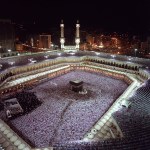
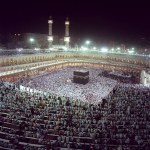

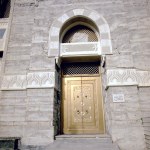
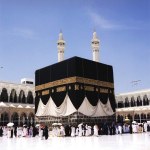
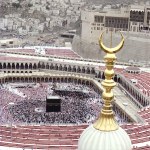









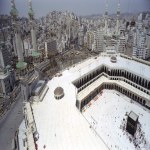
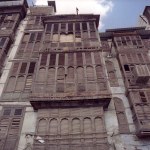
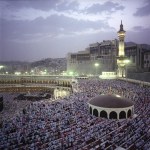
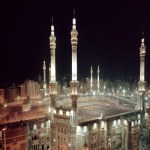
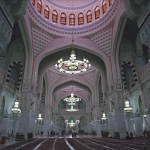

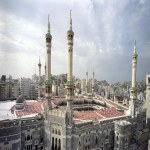

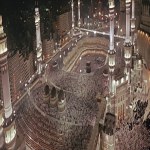

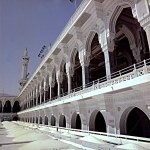
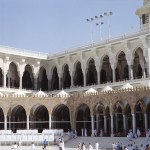
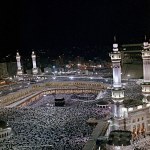
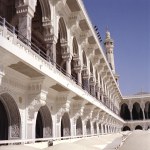
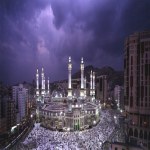
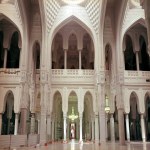
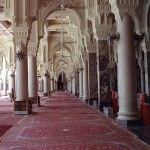
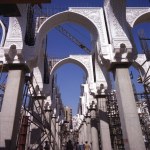



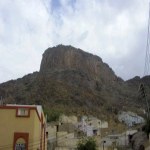
No comments:
Post a Comment